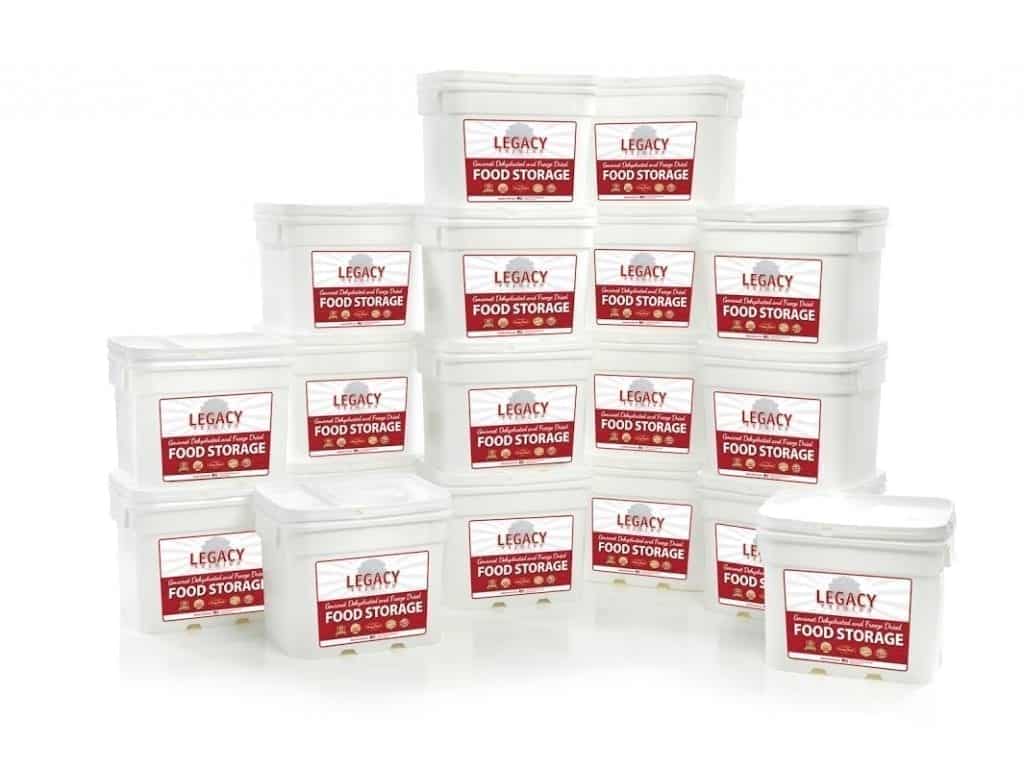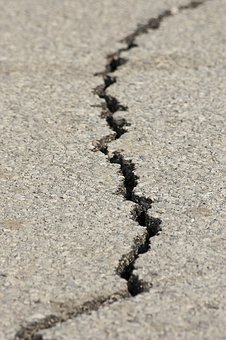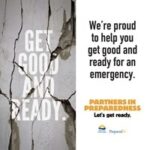Survival Food
The first survival food also known as MRE (meals ready to eat) was established during the revolutionary war and consisted of enough to feed a man for a day. The meal consisted of mostly beef, rice and peas. Canned meats were replaced during World War I with preserved meats (salted or dried).
The US Department of Defense began developing survival food in 1963 referred to as emergency essentials – a ration relying on packaging technology and modern food preparation to establish a lighter replacement for canned meals in 1975. The meals consisted of dehydrated food stored in plastic retort pouches. The MRE (meals ready to eat) has been continually developing since 1993. The US Department of Defense looked at emergency essentials such as storable foods as a winning situation. Moving into 2012, the Department of Defense presently views meals ready to eat as freeze dried foods.
Most survival food taste as good as a home cooked meal by just adding hot water and in 10 minutes your meal is ready to consume.
Emergency rations and high calorie bars are good for survival food, they do not require cooking, are light weight, and can be stored in places for years – waiting for you to eat.
Long term storage food is designated for longer shelf life. They are hermetically sealed to prevent a build up of bacteria or oxidation and they are dehydrated. These foods can last 7 to 30 years or longer. Rice, wheat, and dry beans can last a long time; as long as they remain in a cool area. Honey can last thousands of years.
A survival kit is essential to have; it should consist of basic supplies and tools prepared ahead of time as an aid to survival in an emergency or disaster. These survival kits should consist of supplies and tools providing basic protection against the elements to help you keep warm and to meet your first aid and health needs, and to provide food and water.
It is important to place survival food in a place accessible to a location outside of your office or home in case of a disaster or structural damage. You should also have survival food in your car just in case you may be away from home when a disaster occurs.
Survival Food for an Emergency
Emergency food supply should be on hand for times of structural damage and disasters. They are ready to eat and packaged to stay fresh.
Emergency water should also be included in your survival kit. You should have at least 1 gallon per person for each day. The water should be in a sanitary container and placed in a cool dark place. You should replace your water every six months.
These emergency preparedness products will have you ready for unexpected emergencies such as earthquakes, floods, fires, hurricanes or any natural disaster, or even unemployment or unplanned interruptions in your life.
This emergency food is perfect for camping, outdoor recreation and mountain climbing, home storage, power outages, emergency food storage, or for any disaster or food emergency.
Emergency food storage helps everyone become self sufficient. With emergency food storage, it helps you to prepare for unseen hardships.
We should all plan ahead for disasters. Therefore, you will not have to depend on others for help. It will give you and your family the security they need to be safe and self sufficient.
Being prepared when a disaster comes will give you and your family a feeling of well-being and knowing that they will be in comfort until everything gets back to normal.
Emergency food storage is a smart way to give your family a more secured future. The best practice is to use what you store, and make sure that you store what you use. Make sure that you purchase only the food that you and your family will consume.








